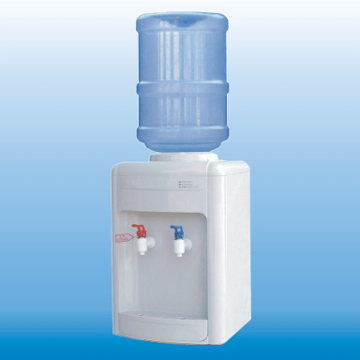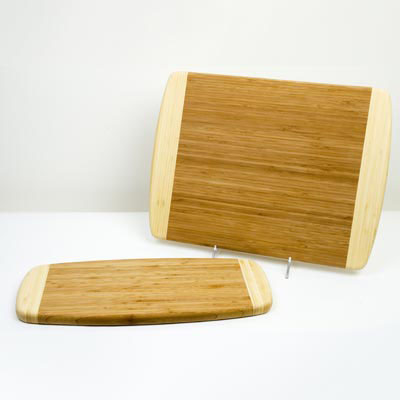Amy and I (right, exactly as shown) cuddle and have PDAs (public displays of affection) all the time, even with baby Sorenne. But at bedtime, there’s a sleeping position rule: no up close face-to-face.
 She says she doesn’t like to breathe used air.
She says she doesn’t like to breathe used air.
Can’t fault her with that.
But maybe this will help.
Tel Aviv University researchers have come up a pocket-size breath test which lets you know if malodorous bacteria are brewing in your mouth. A blue result suggests you need a toothbrush. But if it’s clear, you’re "okay to kiss."
Until now, scientists believed that only one population of bacteria (the Gram-negative ones) break down the proteins in the mouth and produce foul odor. But Prof. Mel Rosenberg and Dr. Nir Sterer of TAU’s Sackler Faculty of Medicine recently discovered that the other population of bacteria (the Gram-positive ones) are bad breath’s bacterial partner. These bacteria appear to help the Gram-negative ones by producing enzymes that chop sugary bits off the proteins that make them more easily degraded. This enzymatic activity, present in saliva, serves as the basis for the new "OkayToKiss" test.
 Prof. Rosenberg, international authority on the diagnosis and treatment of bad breath, who co-developed the kit with Dr. Sterer, published their findings this past March in the Journal of Breath Research.
Prof. Rosenberg, international authority on the diagnosis and treatment of bad breath, who co-developed the kit with Dr. Sterer, published their findings this past March in the Journal of Breath Research.
It’s one of my favorite journals.

 But, for those who work in an office, the water cooler is, I’m told, the place for gossip, flirting and bacteria.
But, for those who work in an office, the water cooler is, I’m told, the place for gossip, flirting and bacteria. However, whenever I use a wooden or plastic cutting board, I pay close attention to the number of grooves I’ve placed in the board from years of chopping and cutting with my heavy hand. It is difficult to effectively clean and sanitize such a board and bacteria could be left behind that tend to hide in these cuts.
However, whenever I use a wooden or plastic cutting board, I pay close attention to the number of grooves I’ve placed in the board from years of chopping and cutting with my heavy hand. It is difficult to effectively clean and sanitize such a board and bacteria could be left behind that tend to hide in these cuts. The porous nature of dishcloths allow for the accumulation of small particles of food thereby providing a moist, wonderful environment for bacterial growth. Bacterial counts including mold and yeast recovered from such cloths have been amazing, not to mention the smell.
The porous nature of dishcloths allow for the accumulation of small particles of food thereby providing a moist, wonderful environment for bacterial growth. Bacterial counts including mold and yeast recovered from such cloths have been amazing, not to mention the smell. .jpg) Poultry also tested positive for campylobacter (40 per cent) and salmonella (21.9 per cent).
Poultry also tested positive for campylobacter (40 per cent) and salmonella (21.9 per cent). Having a two-week-old puts a different spin on things. Our neighbors invited us for a Christmas eve get-together, but Sorenne is sleeping, and that’s a good gift.
Having a two-week-old puts a different spin on things. Our neighbors invited us for a Christmas eve get-together, but Sorenne is sleeping, and that’s a good gift. Apparently I wasn’t alone. A poll by
Apparently I wasn’t alone. A poll by 
 “Pick up your dogs’ droppings.”
“Pick up your dogs’ droppings.” .jpg)
.jpg) Pet poop is a problem, but what’s the solution? Many cities have laws concerning scooping poo. Most states will issue a ticket ranging from $25 to
Pet poop is a problem, but what’s the solution? Many cities have laws concerning scooping poo. Most states will issue a ticket ranging from $25 to Past research at the University of Georgia discovered that dangerous E.coli bacteria can easily survive on the loose change in your pocket: anywhere from seven to eleven days on pennies, nickels, dimes and quarters.
Past research at the University of Georgia discovered that dangerous E.coli bacteria can easily survive on the loose change in your pocket: anywhere from seven to eleven days on pennies, nickels, dimes and quarters.